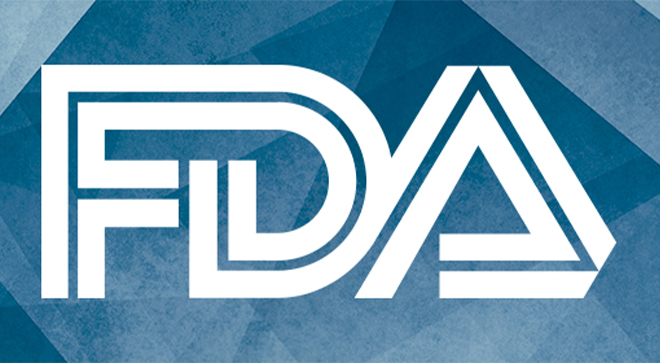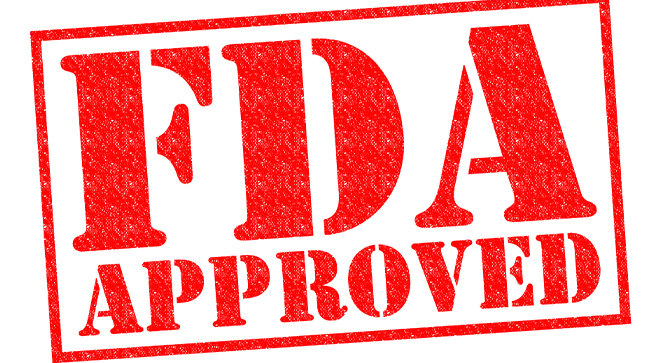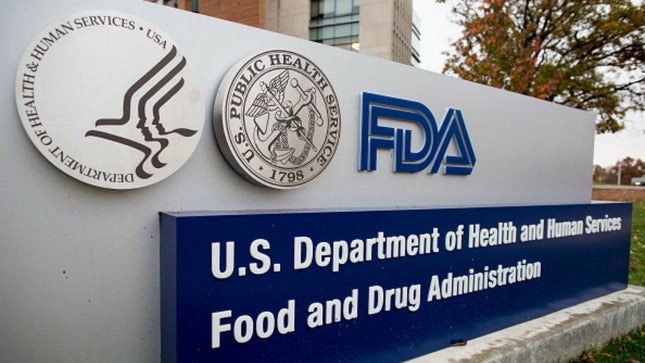The Food and Drug Administration (FDA), the US authority responsible for medical device regulation, published a report describing the steps taken in order to implement the new Accreditation Scheme for Conformity Assessment (ASCA), disclose the current status, and describe actions to be performed in the future.

FDA’s ASCA: Brief Overview
One of the core elements of the system that ensures that all the devices marketed in the US fit safety and performance requirements is the Standards and Conformity Assessment Program (S-CAP). This program provides the wide utilization of voluntary consensus standards recognized by the FDA to confirm compliance with applicable requirements. The division of the FDA that plays the most important role in this process is the Center for Devices and Radiological Health (CDRH). One of the main goals of the CDRH is to establish regulatory procedures ensuring the balance between public health protection and ease of access to the market for the manufacturers. According to the position of the CDRH, the utilization of consensus standards would simplify conformity assessments and reduce the time necessary to evaluate the device, concurrently increasing its quality. To improve the procedures associated with conformity assessments, the FDA has introduced a special voluntary pilot program – ASCA. In particular, the new program is intended to govern the way recognized standards should be used in connection with declarations of conformity filed by medical device manufacturers. It is expected that the implementation of ASCA would provide more confidence in testing methods and approaches used by laboratories during the examinations, which would reduce the burden of supplementary consultations to be held by the FDA to assist medical device manufacturers in conducting examinations and preparing the results of such examinations for filing.
The FDA explains that the ASCA project itself is based on the information obtained through consultations with the medical device industry representatives. The main idea of the new approach is to reduce the burden on manufacturers to the lowest extent possible. According to the document, the main goals of the new program are:
- Ensuring confidence in reliability and appropriateness of medical device testing – any and all entities engaged in testing and examination process should meet the eligibility requirements,
- Make the application review process more predictable for all parties through the clarification of the requirements and expectations,
- Improve the effectiveness of the FDA, allowing the authority to focus on the most important points of attention,
- Reduction of the number of regulatory issues through the improvement of communications between the authority and the applicant,
- Make a significant step towards the harmonization with the international standards (actually, the prevailing part of the voluntary consensus standards recognized by the FDA are international ones).
The authority expects that the implementation of the ASCA program will result in substantial improvement of all regulatory processes. It should also reduce the need of the industry in additional clarifications and guidance to be provided by the FDA to assist them in compliance with applicable requirements, which could also reduce the general burden and overload of the agency.

Voluntary Consensus Standards
At the moment, the new program is expected to include five voluntary consensus standards recognized by the FDA while one of them will be directly related to medical devices. In order to form the list of consensus standards subject to inclusion, the CDHR evaluated the existing standards and held consultations with the industry representatives to figure out the most important ones for all parties involved. This list includes, among others, the standards related to biocompatibility, basic safety, and essential performance of medical electrical devices as ones of the most commonly used for a large number of medical devices. Representatives of both assessment bodies and medical device manufacturers explicitly confirmed the importance of the aforementioned standards. The standards included in the scope of ASCA contain definite criteria utilized to identify whether the device passes or fails to meet the requirements or the description of the way such criteria should be established.
The new program includes the consensus standards related to:
- Biological evaluation of medical devices,
- Basic safety and essential performance of medical electrical equipment, medical electrical systems, and laboratory medical equipment.
ASCA Implementation Progress
As the first step of the implementation process, the FDA has issued guidance dedicated to the ASCA Pilot Program earlier in September 2019. As the next step, the FDA hired additional employees in accordance with the targets set for previous years and expects to meet the targets set for 2020. The agency also develops internal training together with the engagement of external consultants. At the moment, the group working on the implementation of the program includes the ASCA team itself and also the consultants provided by the FDA. These consultants participate as ASCA Advisors and provide the team with necessary assistance in scientific and engineering spheres. All internal communications were aimed at the improvement of knowledge and experience of team members and informing other specialists of the CDRH about the new project and its impact on the regulatory framework and procedures. In the course of external communication, the team of the project was actively participating in conferences and other events to share the information about the ASCA Pilot program, its core principles, and objectives.
As the next step, the ASCA team intends to create and publish the final guidance to provide all parties involved with the detailed and exhaustive information regarding the project and the changes it makes. It is expected that the new document will be published by October 2020. Then, the following steps will be made:
- Engagement in participation in the new program through the launch of educational programs,
- Holding special training for examination entities including eligible accreditation bodies and laboratories,
- Reviewing the applications from the parties listed above,
- Active communications through the official web page of the project to keep the stakeholders informed,
- Continue training the personnel of the CDRH regarding the reviewing submissions filed under the ASCA framework,
- Assess the general performance of the project through the measurable criteria,
- Commence meetings with the representatives of all the parties involved (e.g. medical device manufacturers, testing laboratories and accreditation bodies) in order to collect their opinions and feedback that could be analyzed and used for the further improvement of the project,
- Hire the remaining personnel to be able to address all the needs the project may face.
The CDRH actively fulfills the pre-defined ASCA implementation plan moving step by step towards the goals of the project. At the same time, the achievement of the goals would be possible only through effective communications with the stakeholders.

How Can RegDesk Help?
RegDesk is a next-generation web-based software for medical device and IVD companies. Our cutting-edge platform uses machine learning to provide regulatory intelligence, application preparation, submission and approvals management globally. Our clients also have access to our network of over 4000 compliance experts worldwide to obtain verification on critical questions. Applications that normally take 6 months to prepare can now be prepared within 6 days using RegDesk Dash(TM). Global expansion has never been this simple.

